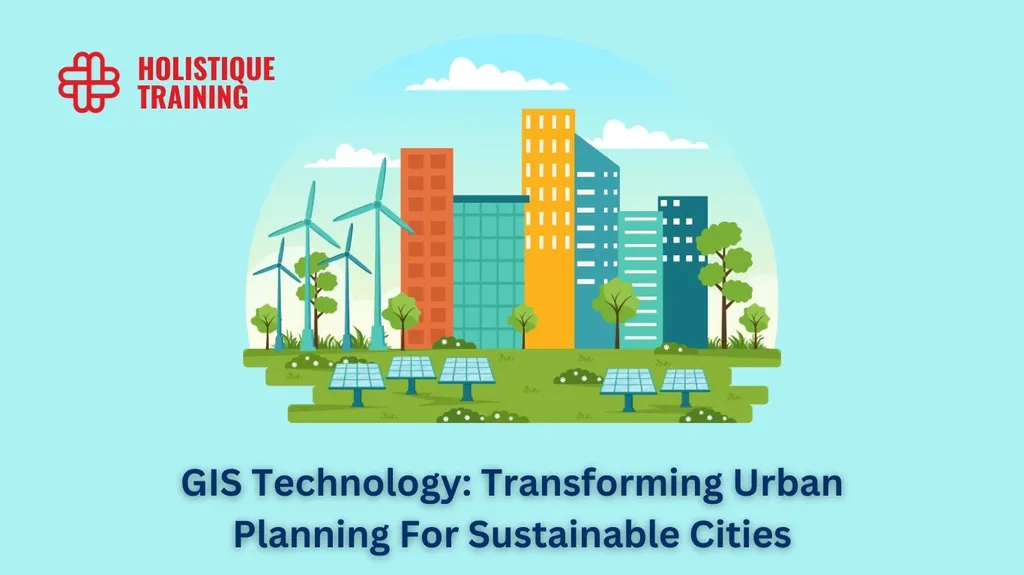In the ever-evolving landscape of transportation planning, Geographic Information Systems (GIS) have emerged as a cornerstone technology, transforming how cities and regions design, implement, and evaluate their transportation networks. A groundbreaking study led by Ayda Zaroujtaghi from the Department of Geosciences at Texas Tech University has systematically reviewed the integration of GIS in transportation planning over the past two decades, revealing a profound shift towards sustainability, equity, and the incorporation of advanced technologies. Published in *Future Transportation* (which translates to *Transportasi Masa Depan* in English), this research offers a comprehensive look at how GIS has evolved from a supplementary tool to an indispensable asset in creating data-driven, sustainable urban mobility solutions.
The study, which adheres to PRISMA guidelines, analyzed 241 peer-reviewed articles spanning from 2004 to 2024. It highlights a significant trend: the growing emphasis on sustainability, equity, and stakeholder involvement in transportation planning. “GIS has become a powerful enabler of evidence-based decision-making,” says Zaroujtaghi. “By integrating real-time data sources, such as sensor feeds and 3D models, planners can now make more informed and multifaceted decisions that align with broader societal goals.”
One of the most compelling findings is the increasing role of artificial intelligence (AI) in GIS-based transportation planning. AI’s ability to process vast amounts of data and identify patterns has opened new avenues for real-time monitoring, policy evaluation, and land use–transportation coordination. This integration is not just a technological leap; it’s a paradigm shift that could redefine how cities approach urban mobility.
For the energy sector, the implications are substantial. As transportation systems become more efficient and sustainable, the demand for cleaner energy solutions grows. GIS can help identify optimal locations for renewable energy infrastructure, such as electric vehicle charging stations, by analyzing traffic patterns, population density, and existing transportation networks. “The energy sector stands to gain significantly from this evolution,” notes Zaroujtaghi. “By leveraging GIS and AI, we can create more resilient and sustainable energy systems that support the broader goals of urban mobility.”
However, the study also highlights challenges that need to be addressed. Data limitations, ethical concerns, and the need for specialized expertise, particularly in developing regions, remain significant hurdles. “To fully realize the potential of GIS in transportation planning, we must prioritize inclusive capacity building and environmental justice,” Zaroujtaghi emphasizes. “This means ensuring that all communities, regardless of their technological or economic standing, can benefit from these advancements.”
As we look to the future, the integration of GIS and AI in transportation planning is poised to drive innovation and create more equitable, sustainable, and efficient transportation systems. For researchers, practitioners, and policymakers, this study serves as a roadmap, offering insights and strategies to advance transportation strategies that align with equity and sustainability goals. With the insights from this research, the energy sector can also play a pivotal role in shaping a future where transportation and energy systems are seamlessly integrated, paving the way for a cleaner, smarter, and more connected world.

